Key Takeaways:
- Most cat colors are just mixes of two pigments. Rare colors happen when several recessive genes combine, which does not happen often in random-bred cats.
- Some of the rarest colors include true albino, solid chocolate, cinnamon, lilac, and fawn, plus smoke and chinchilla coats. What feels “rare” also depends on where you look, like a shelter vs a cat show.
- If you want a rare colored cat, focus on health and ethics first. Protect pale or white cats from the sun and only work with trusted breeders or verified platforms, not just anyone using the word “rare.”
We were sitting in a vet waiting room last week, watching a parade of standard tabbies and tuxedos go by. Then, a woman walked in with a cat that looked different. It wasn’t quite gray, not quite brown. It shimmered. The whole room went quiet for a second. Someone whispered, “Is that color rare?”
That moment stuck with us. We’ve all done it. You catch your cat napping in a sunbeam, see a flash of copper or silver in their fur, and wonder if you have a genetic unicorn living in your living room.
This is your field guide to that feeling.
We aren’t writing a genetics textbook here. We want to walk you through rare cat colors, how they actually happen, and how to tell if your feline friend is truly unique or just exceptionally pretty. (Spoiler: they are always pretty.)
Rarity is tricky. It depends on genetics, the specific breed, and where you look. A color might be common in a show hall, but almost impossible to find in a local shelter.
We’ll break down the solid shades, the shimmering patterns, and the internet myths so you know exactly what you’re looking at.
Quick Links ✨
- Why Rare Cat Colors Happen
- Rare Solid Colors – A Simple Field Guide
- Rare Patterns and Shimmering Coats
- Cat Color Myths – Purple, Pink, and Legends
- Is My Cat Rare? A Simple Color Check
- Ethical Ways to Find and Care for Rare Cats
- FAQs
Why Rare Cat Colors Happen 🧬
Biology is essentially a paint mixer. It turns out that cats only have two base pigments to work with. Black (eumelanin) and red (phaeomelanin). That’s it. Every color you see is just a remix of those two.
So, how do we get the rainbow? We learned that specific genes act like dimmer switches or filters.
- First, you have the variants of black. A genetic mutation can tweak the black pigment structure to create chocolate (brown) or cinnamon (reddish-brown).
- Then comes the dilution gene. This is the volume knob. It turns intense colors into pastels. If a cat has two copies of this recessive gene, black becomes blue (gray). Chocolate becomes lilac. Cinnamon becomes fawn. Red becomes cream. (You can read more on the basic mechanics of this via Wikipedia.)
- Finally, there is the inhibitor gene. This one is fascinating. It stops pigment from reaching the entire hair shaft. The result is a hair that is white at the base and colored at the tip. This creates smoke, silver, or chinchilla effects.
Rare cat colors and patterns appear when these recessive genes stack up. A cat needs the right combination from both parents to show these traits. That is why they are less common in the wild. In random-bred populations, dominant genes (like black and tabby) usually win.
What Is the Rarest Cat Color? 💎
Field Guide Note: If we had to pick a winner, the rarest cat color is true albino. These cats have a complete lack of melanin. Their coats are white, and their eyes are unpigmented (often appearing pinkish-blue). If you are fascinated by ocular genetics, you can read more about unique cat eye colors and their meanings to understand how pigment affects the iris.
However, in terms of pigment, solid lilac, chocolate, and fawn are among the rarest cat colors to find in a shelter cat. There isn’t one single “rarest” shade, but there are definitely “some of the rarest cat colors” that make experts do a double-take.
Rare Solid Colors: A Simple Field Guide 📘
Let’s look at the solid shades first. These are the rare solid shades that people most often screenshot on Instagram. We group them by “region” because they tend to share genetic roots.
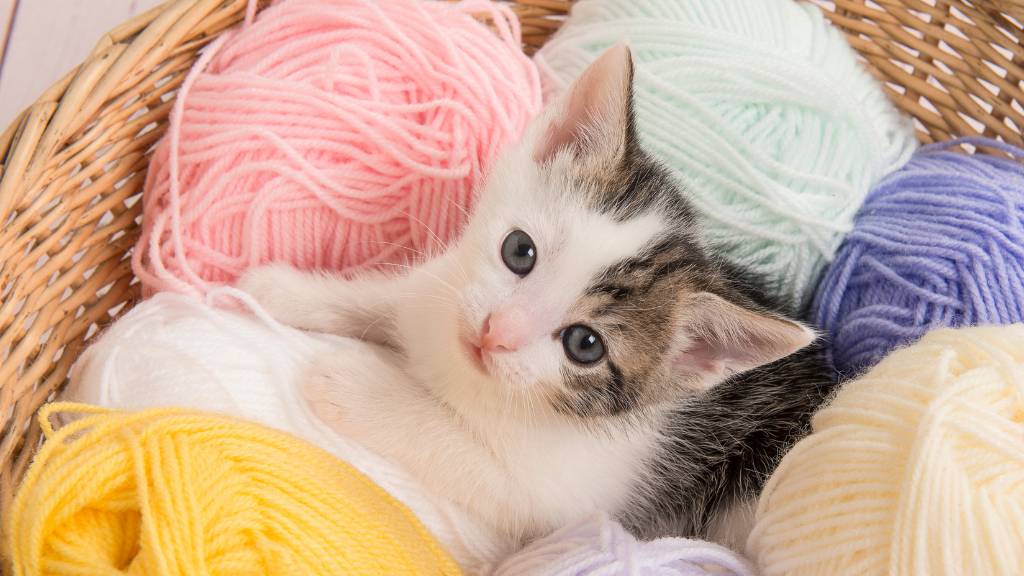
Deep Browns – Chocolate and Cinnamon 🍫
Brown seems like it should be basic. It’s the color of mud and tree bark, right? But in the cat world, a solid brown coat is a genetic gemstone.
Why are brown cats rare? To get a true chocolate cat, the kitten must inherit the recessive brown gene (b) from both parents. If even one dominant black gene is present, the cat will be black.
Visuals matter here. We are talking about a rich, medium-dark chocolate tone. Cinnamon cat color is even lighter—a warm, reddish-brown, exactly like a cinnamon stick. These aren’t just dull black cats. They have a distinct warmth.
You will rarely see these in the stray population. They are most often seen in breeds like the Havana Brown or the Oriental Shorthair.
Soft Pastels – Lilac, Fawn, Cream 🍦
These are the watercolor versions of the cat world. They are the result of the dilution gene working on those rare brown and red bases.
-
- Lilac: This is a diluted chocolate. It isn’t purple. It’s a warm, dove gray with a pinkish tint.
- Fawn cat color: This is the diluted version of cinnamon. Think of a pale, beige-brown, like a deer in winter.
- Cream colored cat: This is what happens when you dilute red (orange). It’s a soft, pale apricot shade.
You usually spot these rare cat colors in British Shorthairs or Persians. These shades tend to look even more magical on fluffy cat breeds, where the fur’s density softens the light.
Buff, Pale Orange, and “Is This Rare?” 🤔
We get asked about this one a lot. You see a cat that looks pale orange. Is it cream? Is it buff?
Rare cat colors with pictures often confuse people because lighting changes everything. A “buff” cat is usually a tabby with very low contrast or a solid cream. While true solid cream is rare (most red-based cats show tabby markings), a pale ginger tabby is fairly common. (It is also a common question: Are orange cats always males? The genetics of red pigment actually plays a huge role in that answer.)
Look for this: If the cat has a warm, yellowish undertone, it’s likely a cream or pale red. If it looks cool and bluish, it’s likely blue or lilac.
Rare Patterns and Shimmering Coats ✨
Sometimes the rarity isn’t the paint. It’s the brushstroke. Some of the most stunning coats come from how the color sits on the hair shaft.

Smoke Coats – Color on a Cloud ☁️
A smoke color cat is a master of disguise. When the cat is sitting still, it looks like a solid color (usually black or blue). But when it moves or you part the fur, you see a stark white undercoat.
The pigment is only on the top half of the hair. It creates a shimmering, ghostly effect that is mesmerizing to watch. This is a rare cat fur color effect in random-bred cats because it requires the specific inhibitor gene we mentioned earlier.
Most often seen in: Maine Coons and Egyptian Maus. If you have your heart set on one of these giants, it is worth looking into Maine Coon cat costs—rare coat or not—to prepare for their care requirements.
Chinchilla and Shaded Coats – Sparkling Silver and Gold 🪙
If smoke is the bottom half of the hair being white, chinchilla is the extreme version.
In a chinchilla, the hair is almost entirely white. Only the very tip has pigment. It looks like the cat has been dusted with silver or gold sparkles. It is delicate and incredibly striking.
While you might see silver tabbies, a true shaded or chinchilla coat is one of those rare cat colors and patterns that usually signal a pedigreed background, like a Persian or a Silver Burmilla.
Wild-Inspired Patterns – Rosettes and Striking Markings 🐆
Most of us know the classic tabby stripes. But rosettes are different. These are spots with a contrasting center, like a leopard or jaguar.
You really only see these in Bengals or similar hybrids. The genetics required to get distinct, high-contrast rosettes are complex. Other rare cat coat patterns include the “marbled” look, where the swirls are thick and behave like oil on water.
Cat Color Myths – Purple, Pink, and Other Legends 🦄
The internet loves a mystery. It also loves Photoshop. We need to clear up a few things about the “fantasy” colors you might see scrolling through your feed.
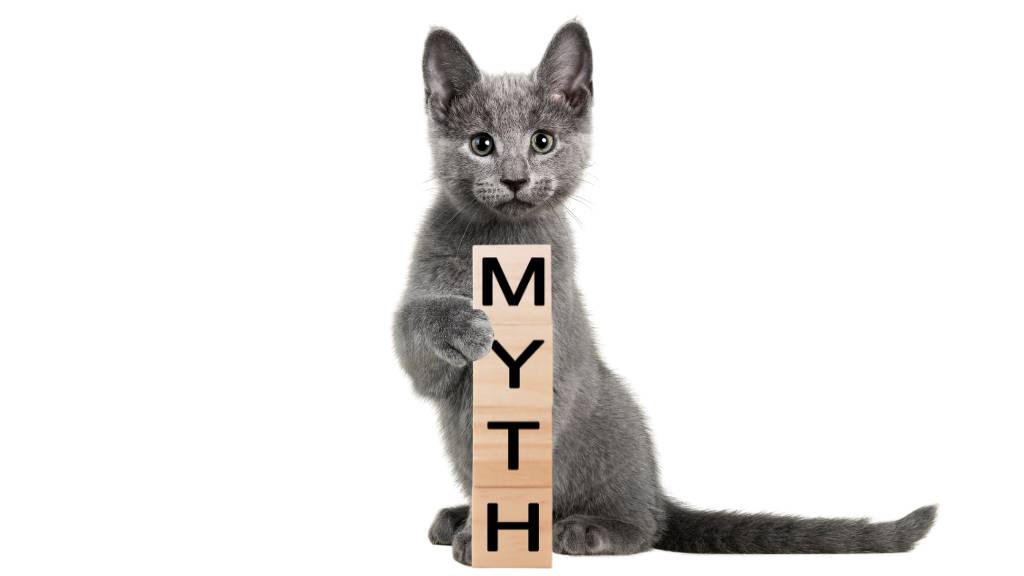
Purple Cats vs Lilac Cats 🟣
Do purple cats exist? No. Not in the Crayola sense.
There is no purple cat breed.
When people talk about purple cats, they are usually referring to “Lilac.” As we mentioned, lilac is a genetic term for a warm, diluted gray. In certain sunset lighting, it can cast a lavender hue. But if you see a photo of a cat that looks like a grape, it has been edited.
Pink Cats and Dyed Fur 🎀
Can cats be pink?
Nature says no. There is no pink cat breed.
If you see a pink cat, one of two things is happening.
-
- It is an albino or white cat with very thin fur, and the pink skin is showing through.
- The cat has been dyed.
We have to be clear here. Dyeing a cat for aesthetics is generally frowned upon by vets and behaviorists. It can be stressful for the animal.
When Photos Make Colors Look Rarer 📸
We have seen photos where a standard black cat looks “midnight blue” because of a filter. Or a “red” cat looks neon. Unusual cat colors are often just unusual saturation settings. Before you get too excited about a photo, look at the background. Is the grass neon green? The cat probably isn’t that color either.
Is My Cat Rare? A Simple Color Check 🧐
So, you’re looking at your cat right now. How rare is my cat? Let’s run a quick diagnostic.

Step 1 – Look at the Base Color and Pattern 🔦
-
- Take your cat to a window with natural daylight.
- Pull back the fur. Is the root white? You might have a smoke.
- Is the color a muddy brownish-black? That’s likely a normal black cat with “rust” from the sun.
- Is the color a solid, pale gray-brown? That could be lilac.
- Check the paw pads too. Lavender pads often indicate a lilac or blue coat.
Step 2 – Everyday Rare vs Show-Ring Rare 🏠
Context is key. A solid chocolate cat is one of the rarest cat colors to find in a barn litter. It is effectively a unicorn there. However, if you go to a cat show for Havana Browns, that color is the standard. If your shelter rescue has a rare cat fur color like silver chinchilla or chocolate, you truly found something special.
Step 3 – When Coat Color Affects Price and Waiting Lists 💸
If you are buying, remember that biology drives the market. Recessive genes are harder to produce.
Breeders often have longer waiting lists for specific rare cat colors like lilac or cinnamon. This can drive the price up.
But a word of advice: Don’t buy a cat just for the paint job. You live with the personality, not the pelt. We always recommend learning how to choose a reputable cat breeder who prioritizes health over a trendy coat color.
Ethical Ways to Find and Care for Rare-Colored Cats 🏥
This is the part where we have to be the responsible friend. Rarity comes with responsibility.
If you are looking for rare cat coats—specifically the very pale or white ones—you need to know about the health risks. Cats with white ears or faces (and especially albinos) have no melanin to protect them from UV rays. They can get sunburned just like we do. This can lead to skin cancer (squamous cell carcinoma).
Our advice:
- Keep white or rare fur color cats with very light pigmentation indoors during peak sun hours (10 AM to 4 PM).
- Apply pet-safe sunscreen to ear tips if they lounge in sunny windows. If you notice any strange spots on a pale cat’s ears, consult an online veterinarian immediately to rule out sun damage.
If you are looking to buy, please verify a cat breeder before you reserve a kitten. Unethical sellers know that “rare” sells. If you are looking for a specific color, ensure you look for kittens for sale through platforms that verify the breeder’s history and health testing.
FAQs
What is the rarest cat color?
True albino (no pigment) is arguably the rarest cat color. In terms of pigment, solid chocolate, cinnamon, and fawn are exceptionally rare in the general cat population because they require specific recessive genes.
Are brown cats rare, and why?
Yes. Are brown cats rare? Absolutely. They need two copies of the recessive b gene. Dominant black genes usually override this, making solid brown one of the hardest colors to get naturally.
Do purple cats exist?
No. There is no purple cat breed. “Lilac” is a breed term for a pale, warm gray. If you see a bright purple cat online, it is either dyed or edited.
Can cats be pink?
No. Can cats be pink naturally? Never. Pink skin can show through white fur, but pink fur does not exist in nature.
How can I tell if my cat’s color is rare?
Check the roots and undercoat in natural light. Compare your cat to standard colors (black, red, blue/gray). If your cat has a solid coat in a brownish or pale beige tone, or a white undercoat with colored tips, you likely have a rare cat color.



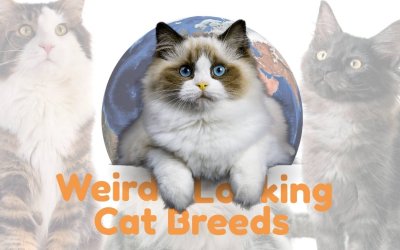
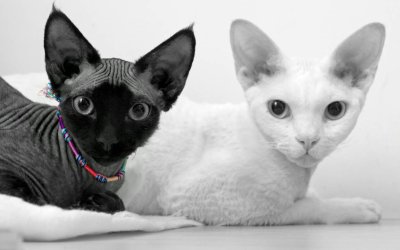
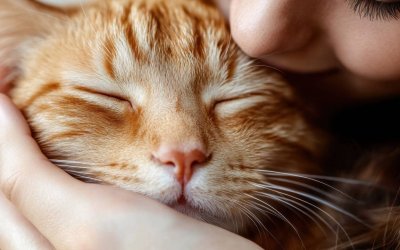
0 Comments